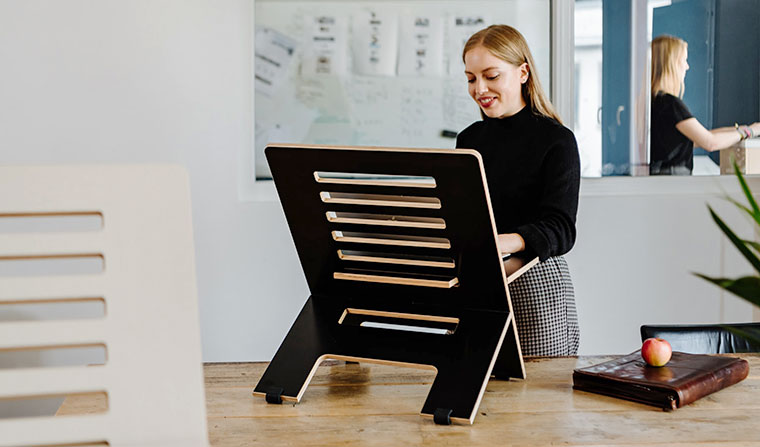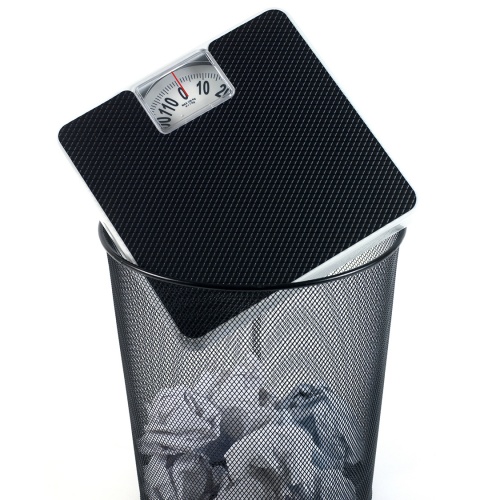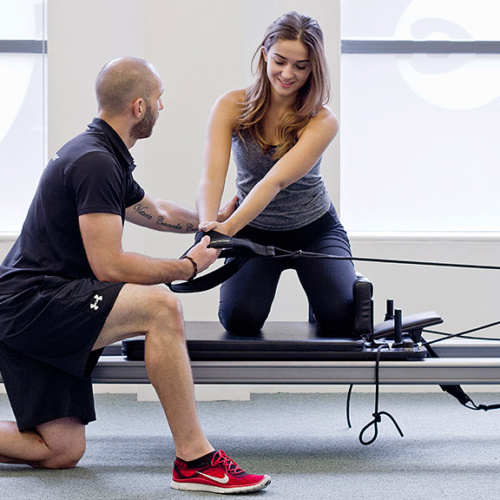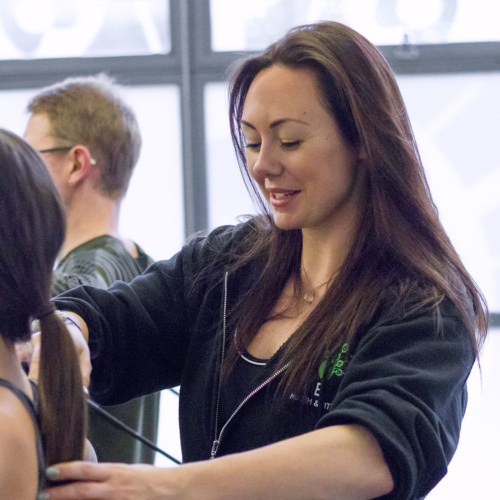The Spine is comprised of individual vertebral disks connecting the pelvis to the head. At birth the average person is born with around 33 vertebral disks, many of which fuse together to give around 24 for the average adult. This is extremely common and normal, to provide additional strength at the base of the spine the disks simply fuse. The spine is essential for our upright posture, and it also houses the spinal cord, which connects the brain to the nerves throughout our body.
Spine health is becoming increasingly important, as our daily habits are wreaking havoc to our body. ‘Tech neck’ places a huge amount of pressure on the spine, whether from hunching over a desk, or leaning over to text, it is placing unnatural force on our bodies and can cause life altering issues.
What is your posture like most of the time?
One of the most important areas is work. We spend at least 1/3rd of the day at work, and around 50% of our waking hours at work. Ensuring your setup at work is posture positive is key.
- Chair – is it a chair that is adjustable and can support your individual profile? Or is it a rigid chair that can’t adapt to your shape? It’s important to notice the height of the chair in correlation to the desk and how your body is shaped when sitting on it.
- Desk – this is dependent on a standing or seated desk but each person has to look out for key details such as the relative height to your body / chair. How your shoulders are bunched or relaxed when you’re in front of it. Even the angle from your body to the desk, these are all important factors for your spine health.
- Equipment – Are you using a laptop or multiple screens? Do you type on a separate keyboard (the recommended way) and how is your wrist positioned on your mouse? Dependent on which screen you use the most, how high your screen is (it should be eye level, you should not look down) and how often your use your phone or a headset, this will all impact your neck and upper back mobility and stability.
Because there’s no one-size fits all approach to a correct sitting or standing desk, we’ve asked one of our spine health movement specialists, Physiotherapist Kelly Greacen to give a broad idea of what you need to look out for when setting up your work station.
“Standing desks are fantastic and I highly encourage people to use them. However, the use of standing desks needs to be varied with some sitting time and other movement in between.” Kelly explains.
As researchers from the University of Utah School of Medicine have found, standing and walking for as little as two minutes every hour doesn’t just benefit the spine and your posture, but increases your overall life expectancy too. Kelly adds, “The honest answer is that no sustained posture over a long time period is the right posture – rather it’s variety that is key.”
As well as seeing clients in-studio for physio, massage and clinical sessions, we are also doing consultations virtually via Zoom. This means we’re able to provide even more people the care they deserve, even if they aren’t local to London.
As part of this service, we’re doing virtual assessments of working from home spaces and desk set up stations. Many people are now realising that they are going to be at home for longer and in the future, they will do more work from home as opposed to the office, so it’s key to have a good set up.

If you do have a standing desk and like to work from there for the majority of the day, it’s important to keep moving whilst you’re at the desk. This is because the effect of gravity will mean blood will go to your lower limbs more, and this is when blood pooling happens (and can cause issues such as varicose veins).
To combat this, make sure you do movements such as ‘scrunching’ your toes when you’re standing or doing some calf raises – these contract your muscles and force the blood out of your legs and back towards your heart. Marching on the spot or doing a few high knees is also a great way to activate the glutes when you’ve been standing for long periods of time, or even kicking your bottom. Anything to encourage movement on the lower half of your body is helpful.
Then, when you’re taking a break from your desk – such as when you go make a cup of tea or make a phone call, make sure you do some squats or lift your arms above your head to keep the whole body mobile – with good form in each. This means sitting as upright as possible when seated and keeping both feet equally weighted on the floor directly beneath you when standing.”
What is key to understand here is that each person and each workstation set up, needs to have a personalised approach. Due to individual working habits, hours, height and even light – there are so many variables to consider in order to set up a correct and efficient desk.
When standing, if you have the correct posture and even-weight-bearing on both feet, your spine is going to be in a much more neutral position – as opposed to the slouch position. Even if people have the perfect desk set up, you will get more and more tired as the day goes on, which will mean you naturally begin to slouch. Standing results in much less pressure on the spinal discs. Not only this, but when standing, you have the ability to tap into muscles a bit more and be a bit more active, such as your legs and arms. It gives the spine some stability and support, which is might not otherwise have in the sitting position.
Another important point to note when working for long periods at a desk (either standing or sitting); if you look down (at your computer, note pad or phone), these prolonged head down or head forward positions mean the muscles of the neck and shoulders have to work extra hard to keep your head upright, which in turn can cause neck pain and headaches.
Raise your head, move more throughout the day and always get a professional’s advice when setting up your station.
Ten Health & Fitness’s physio’s and virtual consultations will use Zoom or a similar platform to help you answer any questions about your working space and can offer advice and consultation on how to help your position, posture and overall spine health.






